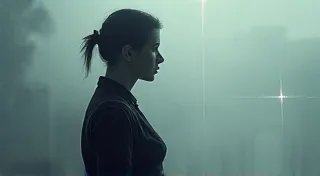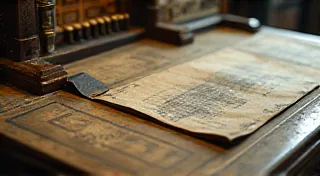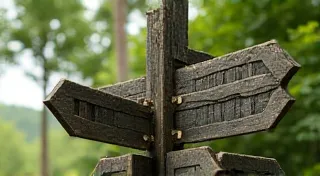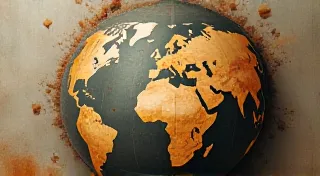The Alchemist's Bloom: Transforming Fabric with Lost Sewing Foot Secrets
There’s a particular magic that hums around a collection of antique sewing machine feet. They aren’t simply metal appendages; they are echoes of a different era, tiny testaments to ingenuity, and keys to unlocking a richness of textile artistry that’s often overlooked in our modern, fast-paced crafting world. I remember the first time I held a truly unusual foot – a tiny, intricate device seemingly designed for a task I couldn’s even guess at. It felt like holding a miniature, metallic secret, whispering of a time when sewing wasn’t just a necessity, but a profound creative pursuit.
Modern sewing has, in many ways, streamlined the process. We have a plethora of readily available feet for various tasks, most designed for efficiency. But in the late 19th and early 20th centuries, when sewing machines were gaining popularity, and the possibilities of fabric manipulation were still being explored, these early manufacturers, and even keen home machinists, were actively inventing specialized feet to achieve specific, often quite complex, effects. These weren’t just about stitching a straight line; they were about coaxing fabric to bloom, to fold, to ripple in ways previously unimaginable.
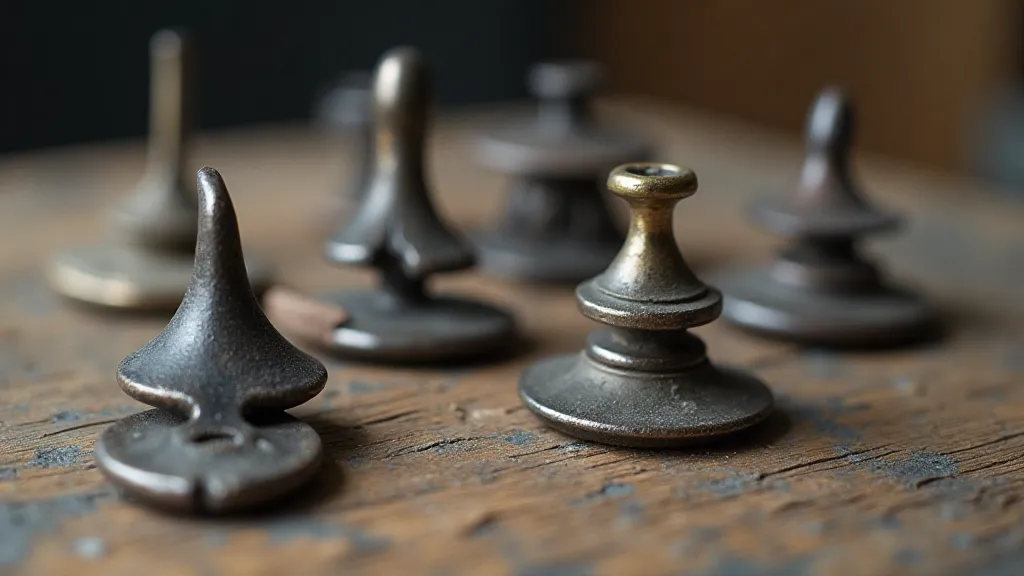
The Early Days: Innovation Born of Necessity
Consider the context. Sewing machines, while revolutionary, initially demanded a certain level of skill and patience. The fabrics available were often less forgiving, requiring more inventive approaches to achieve desired results. Manufacturers responded by creating feet specifically designed to overcome these challenges. For example, early gather-on-feet weren't just about distributing gathers evenly; they were frequently designed to work with heavier, coarser fabrics that modern gathering techniques might struggle with. Similarly, early beading feet incorporated features that facilitated the precise placement of beads on uneven surfaces.
Many of these early manufacturers – Singer, Wheeler & Wilson, Grover – weren’t just selling machines; they were selling a promise of creativity and sophistication. They understood that offering a range of specialized feet would not only cater to the needs of professional seamstresses and tailors, but also inspire home sewers to explore new possibilities. These feet weren't mass-produced in the way we understand it today; often, they were crafted by skilled metalworkers, each foot a testament to their individual artistry.
Unearthing Lost Techniques: The Ruffle Foot and Beyond
Let's examine a few examples. The 'ruffle foot,' common in the late 1800s, wasn’t just a simple foot to gather fabric. Early versions often had a scalloped edge, designed to create incredibly intricate, layered ruffles that were a staple of Victorian and Edwardian fashion. Imagine the skill required to create garments utilizing these techniques! Modern ruffle feet are often more straightforward, sacrificing some of that original depth and complexity. Recreating a garment using a truly authentic ruffle foot offers a glimpse into the nuanced artistry of that era.
Then there's the blind hem foot – a seemingly simple device. Early versions, however, often incorporated a small, guiding ridge or flange to ensure the folded edge of the fabric aligned perfectly, producing a virtually invisible hem. Achieving that level of precision requires a feel for the machine and a deep understanding of fabric behavior that modern tutorials often gloss over.
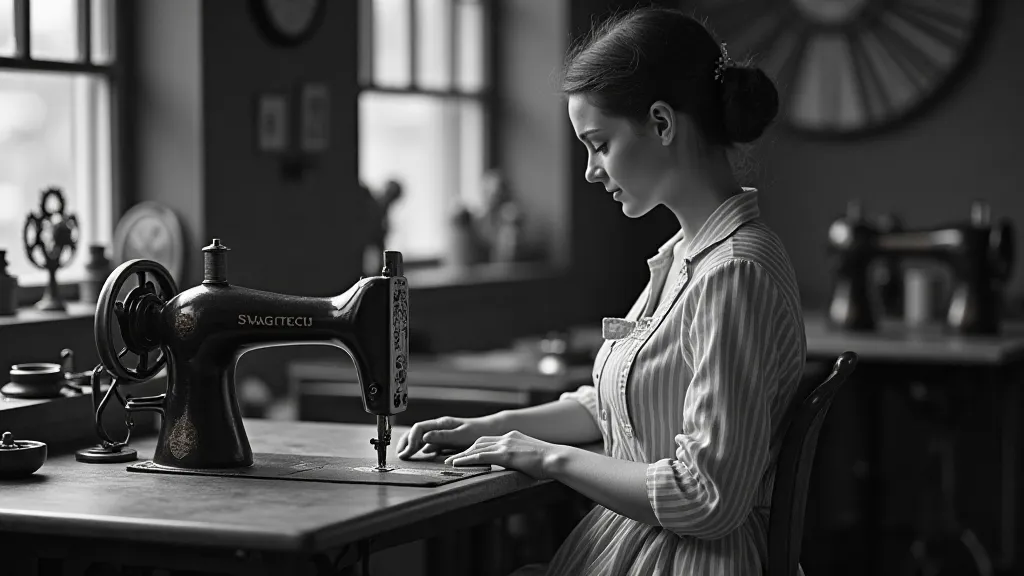
The Buttonhole Foot: More Than Just a Stitch
Buttonhole feet, too, evolved significantly. Early designs frequently incorporated intricate lever systems or adjustable guides to accommodate various button sizes and fabric weights. They weren't just about creating a functional buttonhole; they were about achieving a decorative finish, often echoing the elaborate embellishments characteristic of the time. Trying to replicate a garment made with a vintage buttonhole foot provides a visceral understanding of the time and dedication involved in constructing those garments.
Many feet defy easy categorization. Some were clearly intended for specific fabric types – corduroy feet, for example, were designed to prevent the fabric's ribs from getting caught in the feed dogs. Others seemed to be experimental designs, hinting at a maker's attempts to push the boundaries of what was possible with a sewing machine. Identifying these truly unusual feet often requires painstaking research and a keen eye for detail.
Collecting and Restoration: Preserving the Legacy
Collecting antique sewing machine feet isn't just about acquiring metal objects; it's about preserving a piece of textile history. Many of these feet are incredibly rare, and their existence is often documented only in obscure catalogs and advertisements. Restoring them – carefully cleaning away years of accumulated grime without damaging the delicate metal – is an act of reverence, a way of breathing new life into these forgotten tools.
When researching these feet, consider the manufacturer's catalogs. These are invaluable sources of information, often containing detailed descriptions of the feet's intended uses and the types of fabrics they were designed for. Comparing features across different manufacturers can also provide insights into the evolution of sewing technology.
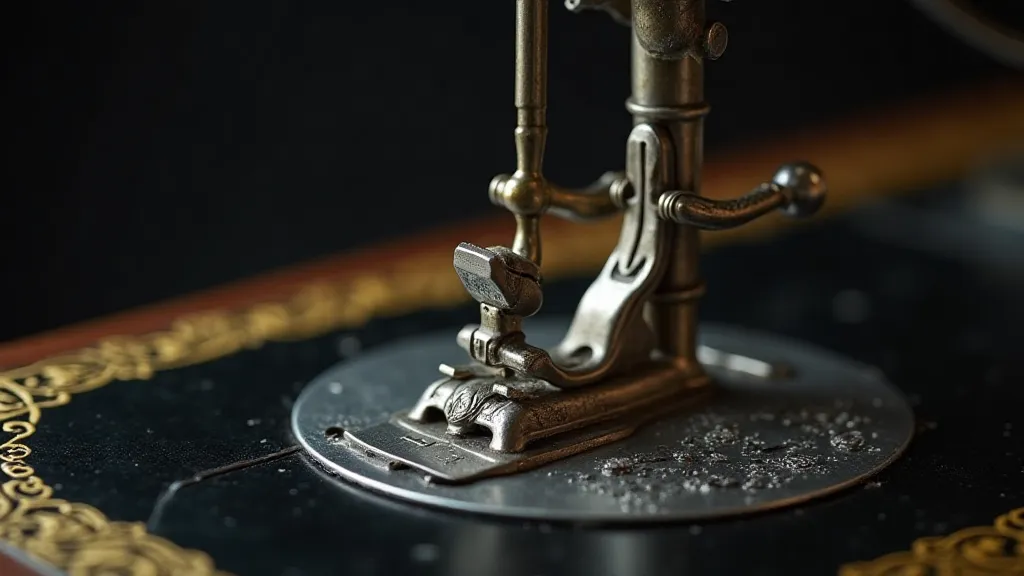
The Bloom Continues: Modern Applications
While recreating Victorian and Edwardian garments can be a rewarding endeavor, the beauty of these antique feet isn’s limited to historical reproductions. Many of the techniques they enabled can be adapted to modern sewing projects. The ruffle foot, for instance, can be used to create unique textural effects on upholstery fabric or to add a vintage-inspired touch to contemporary clothing. The intricate buttonhole feet can be used for decorative stitching – adding unique embellishments to a quilt or adding detail to a handmade item.
These aren't just relics of the past; they are invitations to experiment, to push the boundaries of what’s possible with a sewing machine, and to rediscover the joy of creating something truly unique. Each foot holds a story, a whisper of ingenuity, waiting to be unlocked – a bloom waiting to unfold on the fabric canvas.
